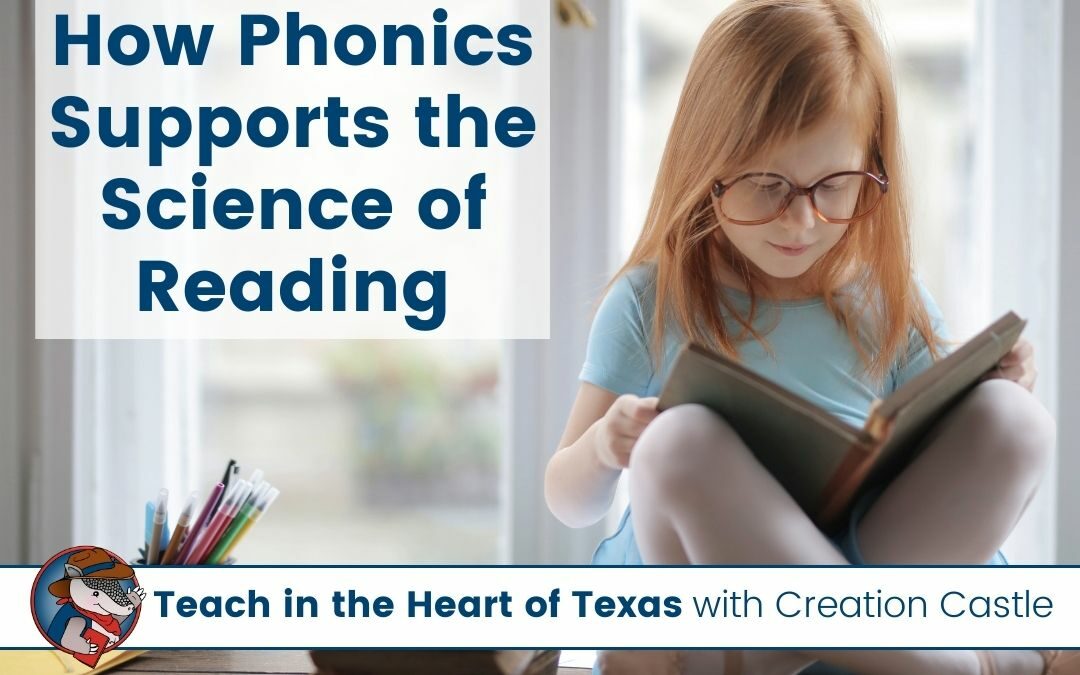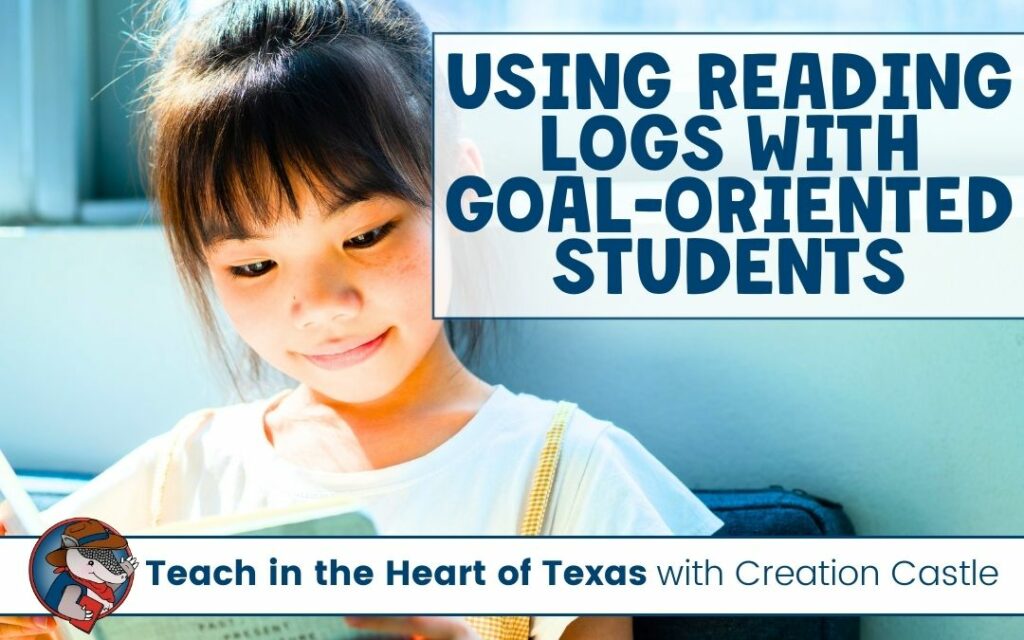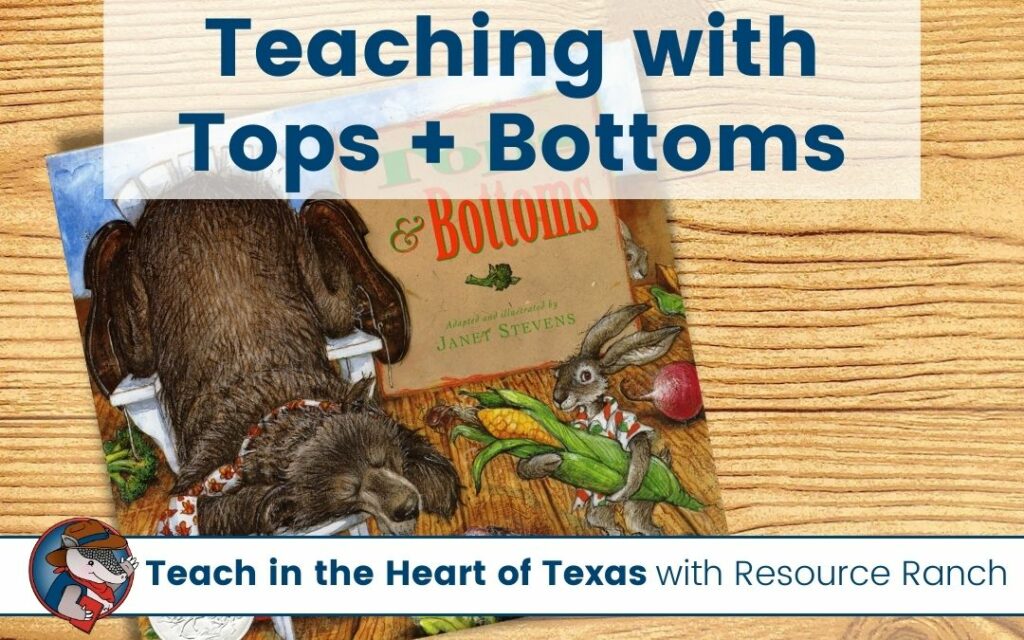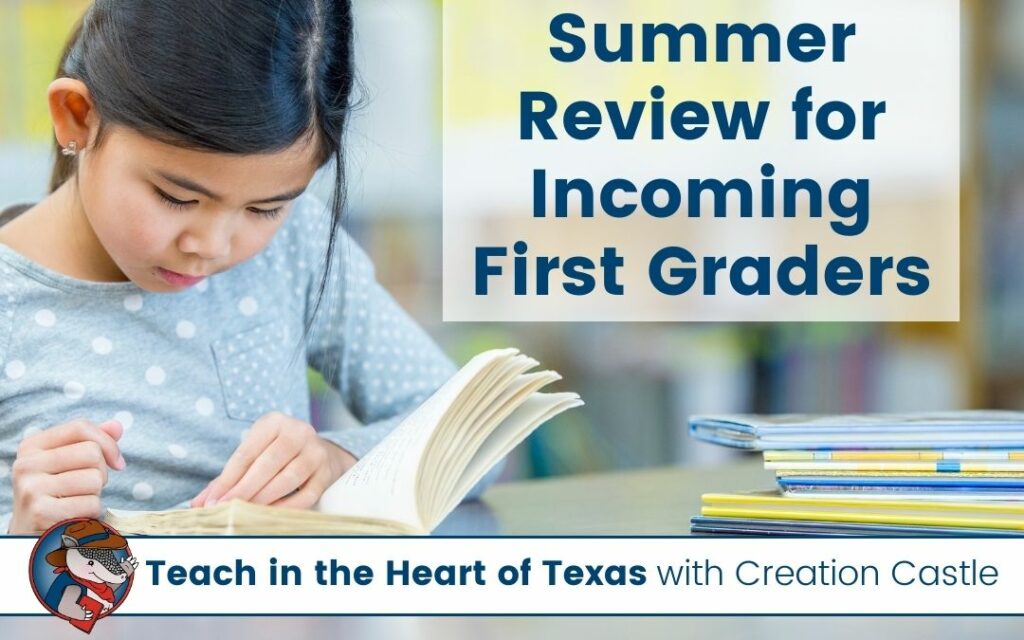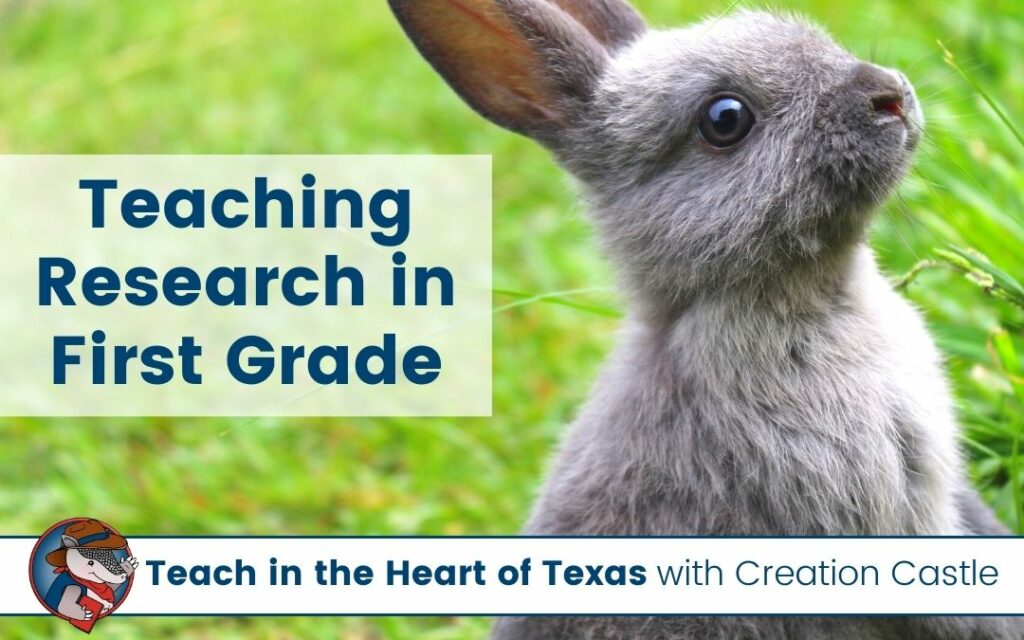The Science of Reading has gained a lot of popularity over the last few years. The tricky thing is there is no definition for the term. In the most non-specific terms, you will probably ever see in the realm of education, the science of reading refers to research that experts have conducted on how we learn to read. So in theory, the science of reading should be combining all reading best practices together.
While there is no program, guide, or curriculum for the science of reading at this time, most will agree that a successful reading program will teach foundational skills in an explicit, structured manner. These foundational skills are phoneme awareness, letter formation, phonics, spelling, and comprehension. These skills should be taught systematically, sequentially, and cumulatively. In other words that should be a precise plan, you are following to get from point A to point Z.
A key player in the science of reading is phonics. There have been numerous studies done with findings that suggest explicit, systematic phonics instruction contributes to more growth in students than other programs such as whole language learning.
Quick Links

Phonics and Your Classroom
So what does all this mean for you and your classroom?
First, you need to take a look at the curriculum you have been mandated to use. Likely this was not purchased recently, as many schools are underfunded and tend to use outdated materials. Even if phonics is part of your program, you need to consider if it is being taught systematically.
Systematic phonics instruction follows a sequential, planned set of skills that gradually builds from simple to more subtle and complex structures. This means you are following a specific scope and sequence, rather than instruction that addresses phonics as it comes up in the text (implicit instruction).
A Phonics Scope and Sequence
What is a good scope and sequence you may ask? Well, we’ve hit another road bump, because again there is no agreed-upon scope and sequence. The most important thing to consider is: does it begin with the most basic concepts and does it gradually progress to more difficult concepts?
A good place to start would be to compare your current program to one that is known to use a systematic approach. I suggest using the scope and sequence from Wiley Blevins’ program From Phonics to Reading.
Learn More About the Science of Reading
To learn more about what the Science of Reading is, check out this article from ASCD. If you haven’t spent any time looking into this topic, a great place to start is a Facebook group called Science of Reading – What I Should Have Learned in College. It is a great collaborative environment where teachers all over the world are sharing their questions and experiences with the science of reading.
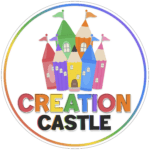
Creation Castle
Heather is the author of Creation Castle. She has experience with general education, special education, and ESL students in kindergarten through fifth grade. She specializes in early elementary math and literacy, as well as organization.

